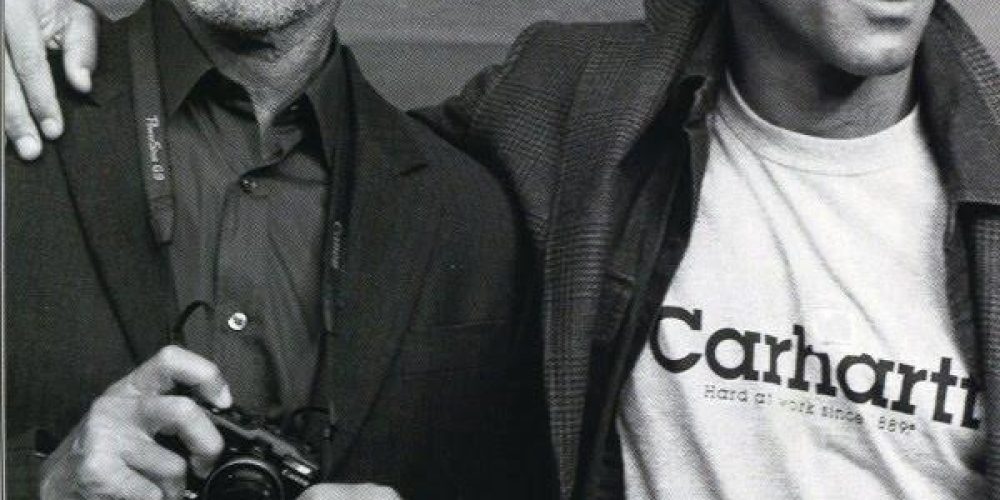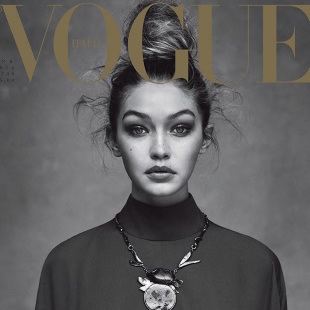A self-proclaimed “silverback,” Bruce Hulse is well into his fifties but was the biggest name in male modelling in the 1980s. In 2008, he published his memoir “Sex, Love, and Fashion: A Memoir of a Male Model.” He had originally intended to publish a book about how to succeed as a male model, but sex is much more appealing to the general public.
The book is an enjoyable, easy read filled with lots of sexual encounters. Aside from the sprinkling of passages that read like soft-core pornography, the book also offers a critical, philosophical look at the culture of modelling.
On a location shoot with Andie McDowell, Calvin Klein, and Bruce Weber in Greece, Bruce describes the sexual fantasy created on-set to sell the product: “The message sent by the photographs created on the shoot is that at any moment all these beautiful people are going to strip off their clothes and have deliciously uninhibited sex. In a situation like that, it’s easy to buy in to the fantasy, even if you’re helping to create it.”
Hulse describes the female modelling psyche. He writes, “Many models who had been dubbed ‘divas’ were only projecting that persona out of self-protection. Otherwise, they’d be regarded as fair game for the rich and famous men who would troop backstage to pick off the weak and the unwary.”
Mr. Hulse describes the backstage madness of fashion shows, and the unsettling feelings it can create: “Rows of make-up artists and hairdressers would be hurriedly working on all the models, calling for sprays and mousses and curlers and tongs. It was like being trapped on a fast-moving conveyor belt in a factory: You were pulled off it, you had something done to you, and you were thrown back on again.” Although explicitly saying that he didn’t even enjoy himself once on the runway, he acknowledges that it’s an important part of the business and was something he had to endure to get the all-important bookings with the big designers.
At the height of his career, Hulse was making around a hundred and fifty thousand dollars a year. But he was blowing through it as fast as it came in. He acknowledges that he was not as smart as his other male model friends, who were investing their money in two new companies called Apple and Microsoft (ring any bells?), as well as purchasing properties in pre-boom neighbourhoods of Manhattan. Hulse’s only discernible financial goal was to maintain a balance in his bank account that would allow him to finish graduate school after he stopped modelling.
He writes that he was trapped by the “golden handcuffs.” Describing his fleeting lifestyle and the widening gap between him and his loved ones, he knew that those feelings would only go away if he stopped modelling. But that meant finding a new career, “something I wasn’t even prepared to entertain while things were going so well.” The job was lucrative, but it locked him into an industry and way of life he couldn’t escape.
“Like everyone else in the business,” he writes, “I convinced myself that this was just temporary [and] a chance to make enough money to get me where I wanted to go.” He never stopped modelling, but Hulse regards these days as times where he was paid to study. “I endlessly wrote in journals and read textbooks in the long hours waiting during shoots. Whenever models complained to me how bored they were, sitting around all day, I’d say, ‘Read a fricking book!’ If I had a spare, I’d lend them one.”
Mentoring younger models became a large part of his later modelling experience. He has sent photos of guys with potential to Bruce Weber, but he has also warned them about the fickleness of the industry and advises them to have a fallback plan: “My best advice to aspiring male models is to balance your career with something else, so you can make a smooth transition out of the business when the time comes. And it will.” Furthermore, he is always grateful for a phone call from his bookers. “I’m always grateful for the opportunity to work, because it allows me to provide for my family. Work is work.”






